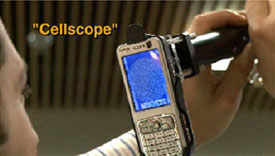Healthcare “Apps” Exploding in Mobile, Are You Ready?
March 5th, 2010Does your online monitoring cover new mobile app spaces? If so, you’re seeing what we are: i-Tunes’ Health & Fitness or Medical categories now contain more than 6,000 apps for iPhones. As of January 2010, there were more than 1,700 medical applications; all together, they’ve been downloaded by more than 1 million users.
Among these, there are hundreds of applications that reference virtually every major pharmaceutical brand name, offering services from basic prescribing data to “cost-saving” generic or over-the-counter alternative options. These have been developed by medical publishers, pharmacies, payers, hospitals, advocacy groups, alternative health promoters, health care professionals, litigators, government agencies and others. Virtually every therapeutic area is already represented with growing offerings for disease management. For example, Virginia Commonwealth University recently announced an application for physicians and patients to monitor daily asthma treatment routines.
Late to the game but starting to appear are apps from the pharmaceutical industry. When it comes to pharmaceutical company-branded apps, most are free of charge, while the costs of general healthcare-related apps for the iPhone range from free to $299. More specifically, 23 percent of all medical and health applications are available for free; the median price charged for the remaining 77 percent is $1.99.
